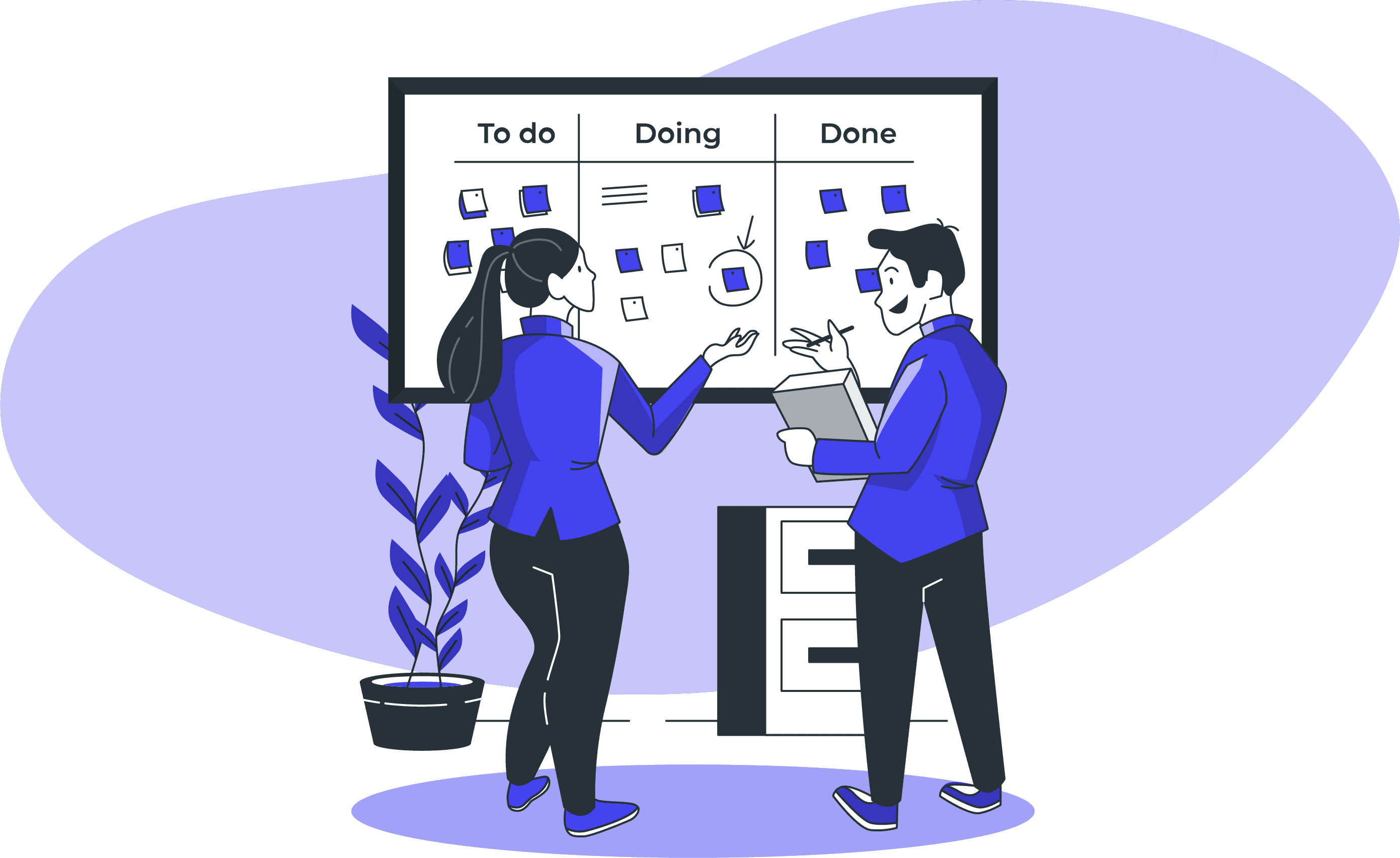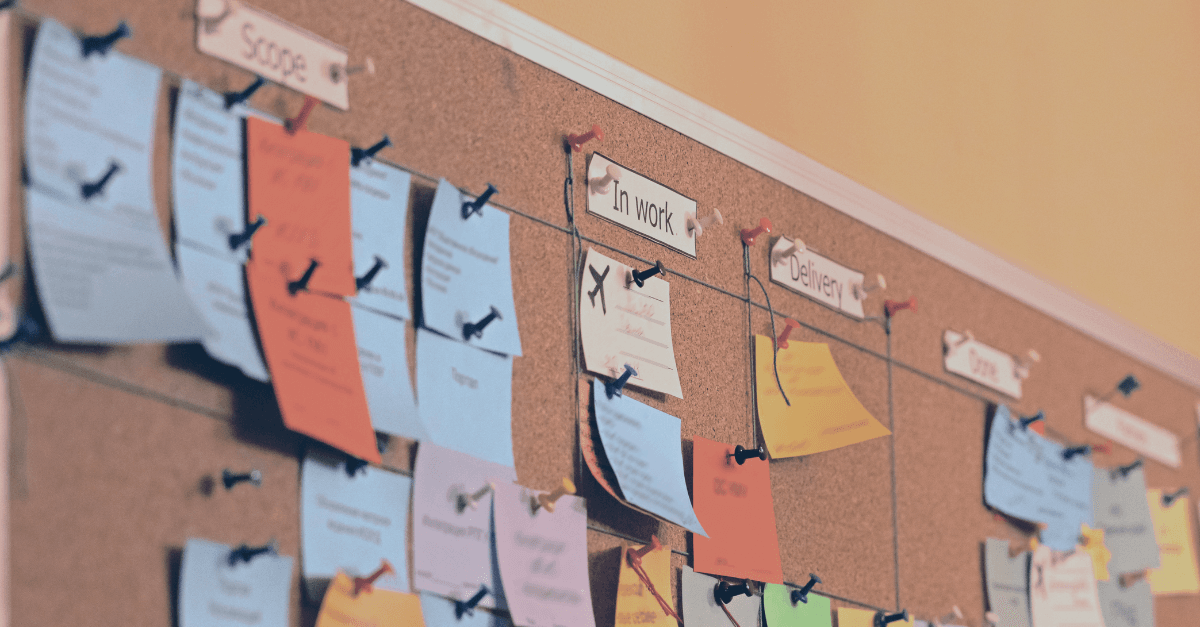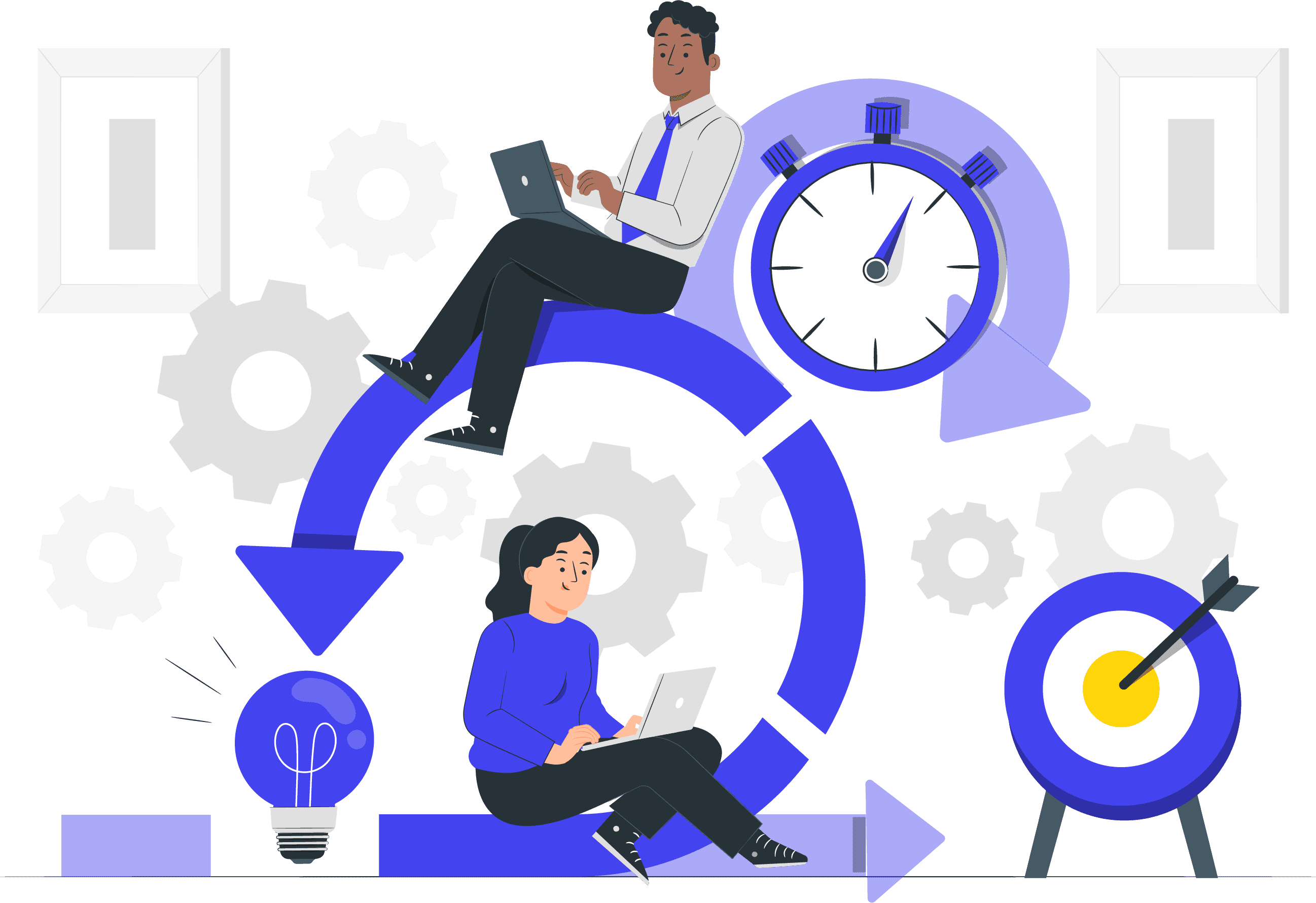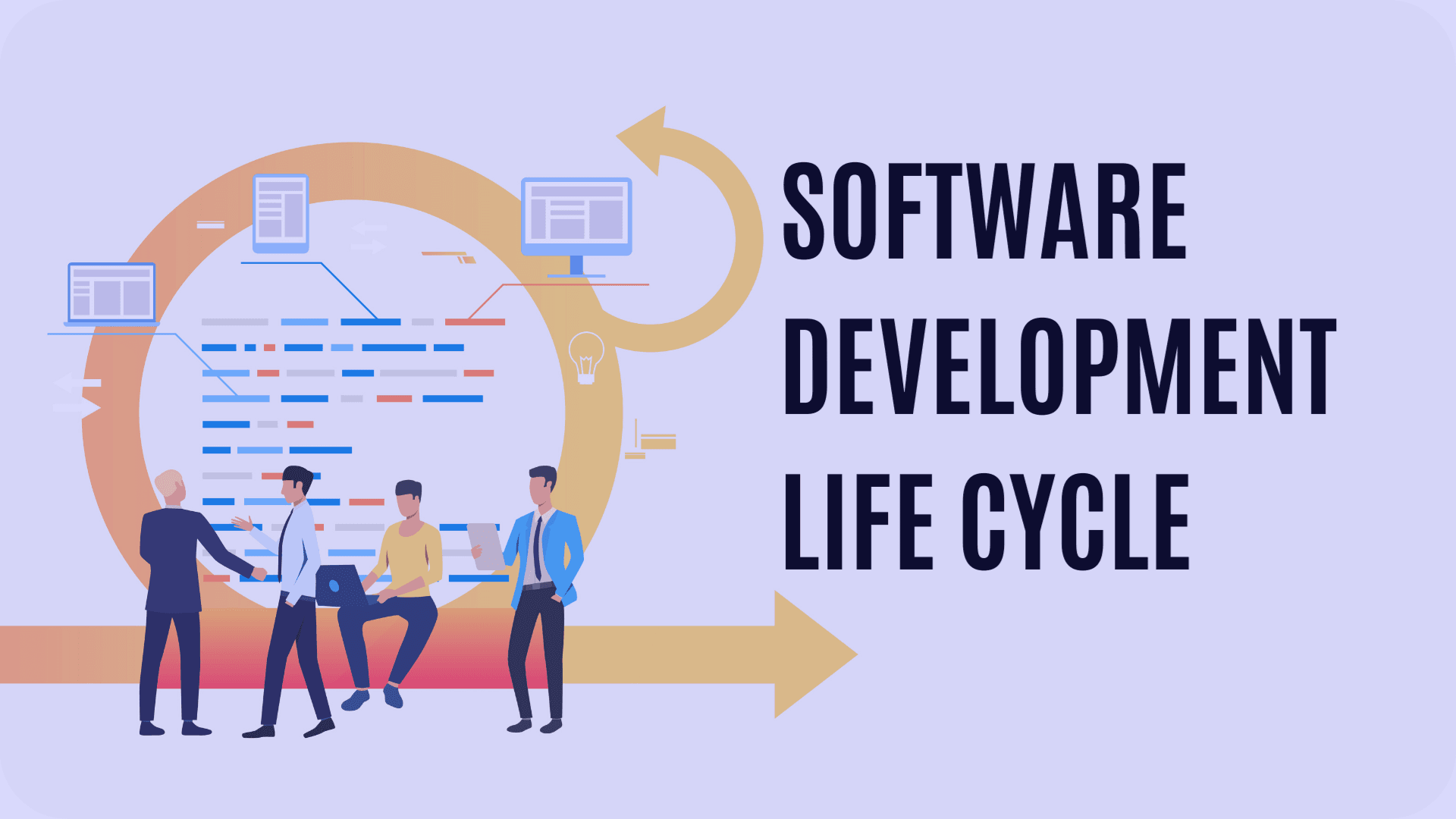Share this article:

What are the roles in Scrum?
The ScrumMaster, the Product owner, and the Team (which consists of Team members) are the three roles that make up Scrum. The people who fill these roles work closely together every day to make sure information flows smoothly and problems are solved quickly.
ScrumMaster
The ScrumMaster keeps the process going. The ScrumMaster is in charge of making sure the process runs smoothly, getting rid of problems that slow down work, and setting up and running important meetings. The ScrumMaster is responsible for the following:
- Show the Product owner how to use Scrum to get the best return on investment (ROI) and meet his or her goals;
- Help the development team be more creative and take charge of their lives;
- Making the development team more productive;
- Change the engineering methods and tools so that each piece of new functionality could be delivered;
Keep everyone informed about the Team's progress and make sure everyone can see it.

In practice, the ScrumMaster needs to know enough about Scrum to train and guide the other roles and help other people involved in the process. The ScrumMaster should always know how far along the project is and how that compares to how far along it should be. He or she should also look into and help solve any problems that are slowing down progress and be flexible enough to find and deal with problems in any way that is needed. The ScrumMaster must make sure that other people don't bother the team by being the link between them. The ScrumMaster doesn't give tasks to Team members because that's a job for the Team as a whole. The ScrumMaster's general approach to the Team is to help and encourage them to make decisions and solve problems on their own, so they can work more efficiently and need less supervision. The goal is to have a team that is not only able to make important decisions but also does so well and often.
Product owner

The person in charge of the requirements is the Product owner. The Product owner is the Team's "single source of truth" when it comes to requirements and the order in which they are planned to be implemented. In practice, the Product owner is the link between the business, the clients, and their product-related needs on the one hand, and the Team on the other. The Product owner acts as a buffer between the Team and people who want to add features or fix bugs. They are also the only person to talk to about product requirements. Product owner works closely with the team to define the user-facing and technical requirements, to document the requirements as needed, and to decide the order in which they will be implemented. Product owner is in charge of keeping the Product Backlog, which is where all of this information is stored, up to date and at the level of detail and quality that the Team needs. The Product owner also decides when finished work will be given to the client and makes the final decision on whether implementations have the features and quality needed to be released.
Team

The team is a group of people who work together to build and test the product. They do this by putting their different skills to use. Since the team is in charge of making the product, it must also have the power to decide how the work should be done. So, the team is self-organised. During the sprint, team members decide how to break up work into tasks and how to give tasks to different people.
SUBSCRIBE TO OUR NEWSLETTER
Share this article:


.png&w=3840&q=75)








